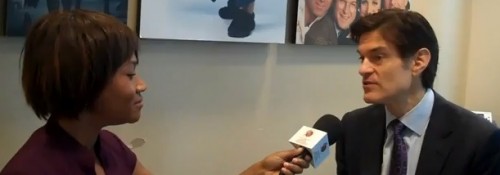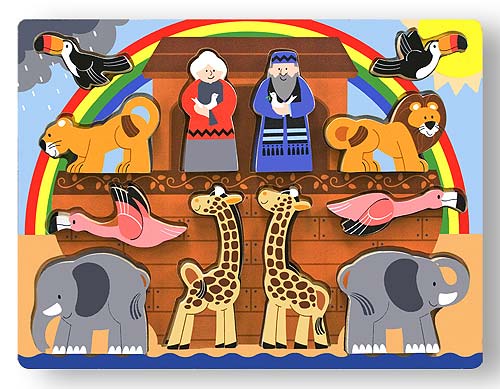For the last week of December, we’re re-posting some of our favorite posts from 2011.
————————

People seem to love to talk about human nature. But when they do, they often do so with the smallest of imaginations. The 10-minute video below suggests that scientists have only begun to understand what humans are capable of. Prepare to be amazed:
Via Oscillatory Thoughts.
Lisa Wade, PhD is an Associate Professor at Tulane University. She is the author of American Hookup, a book about college sexual culture; a textbook about gender; and a forthcoming introductory text: Terrible Magnificent Sociology. You can follow her on Twitter and Instagram.



















